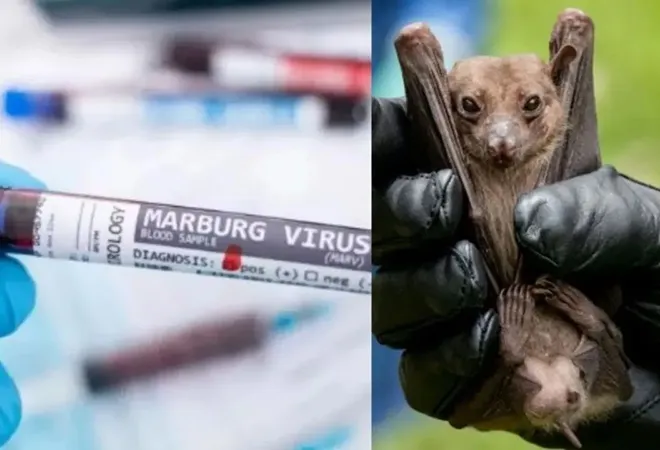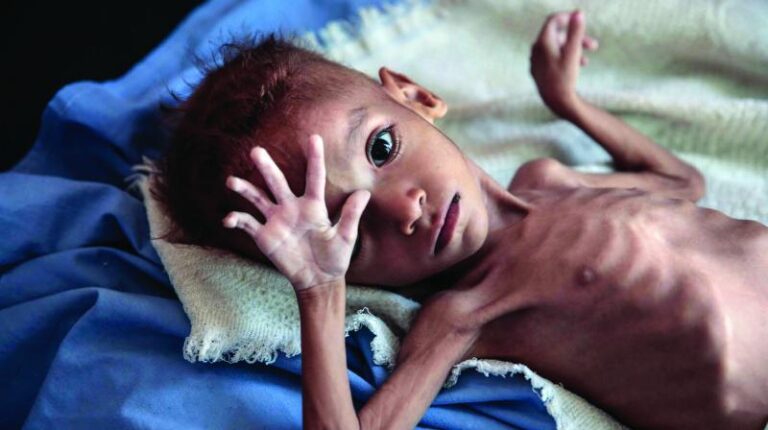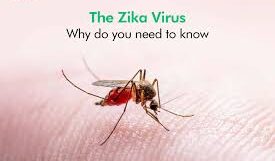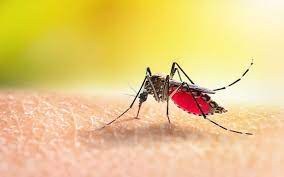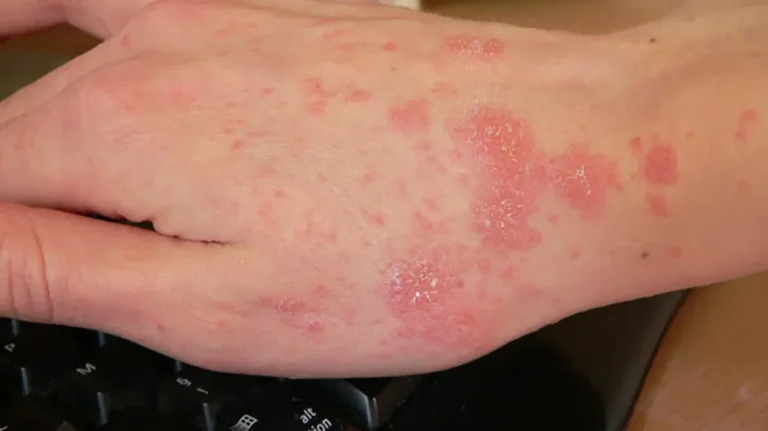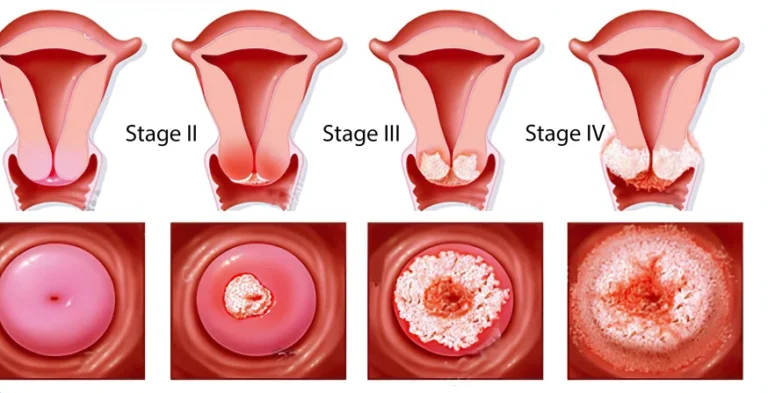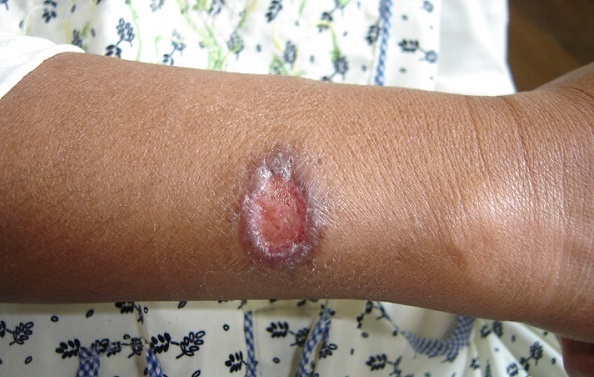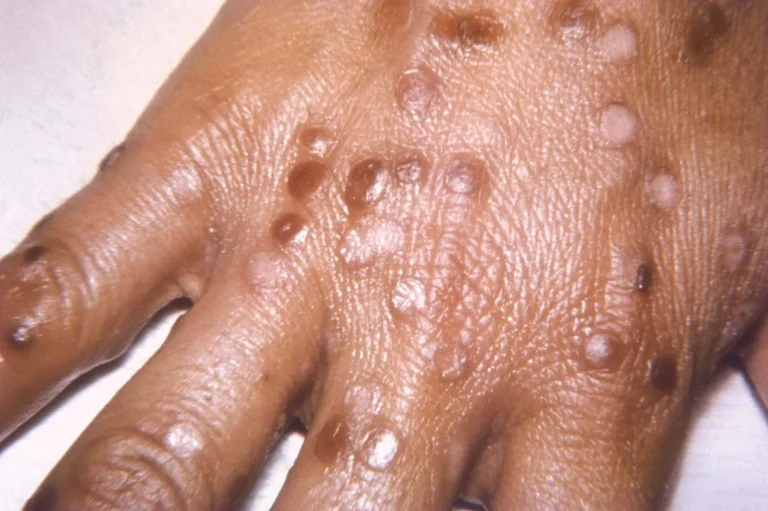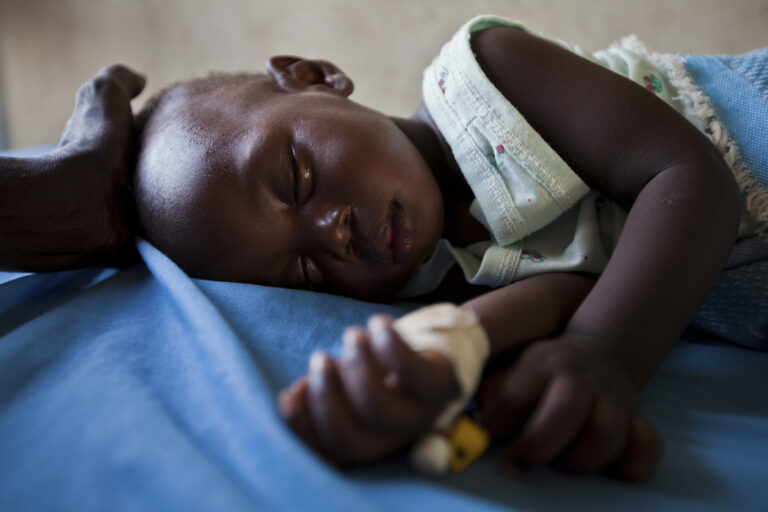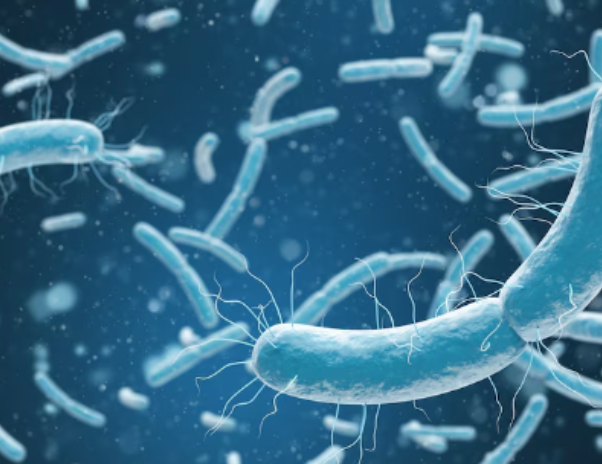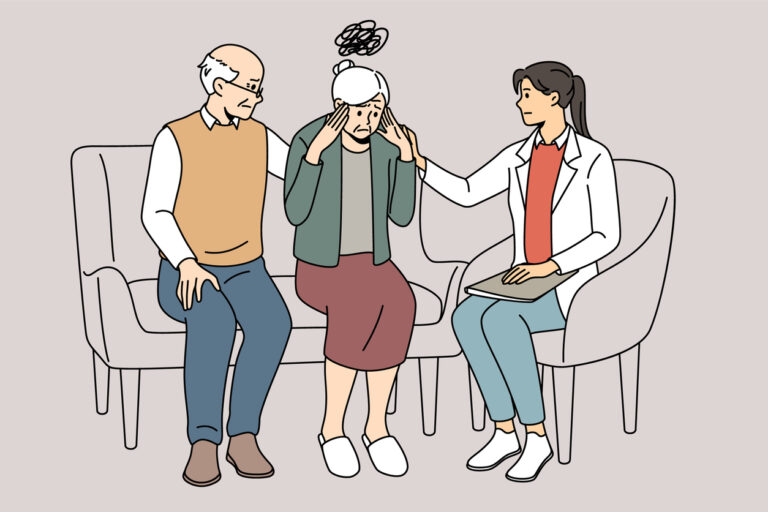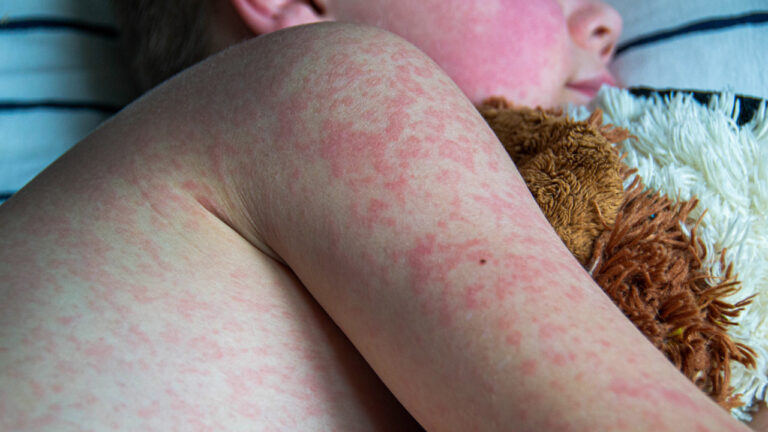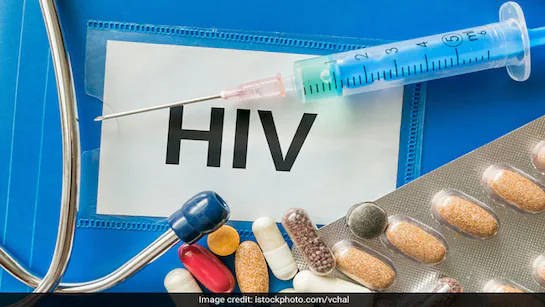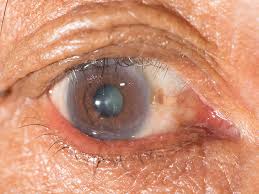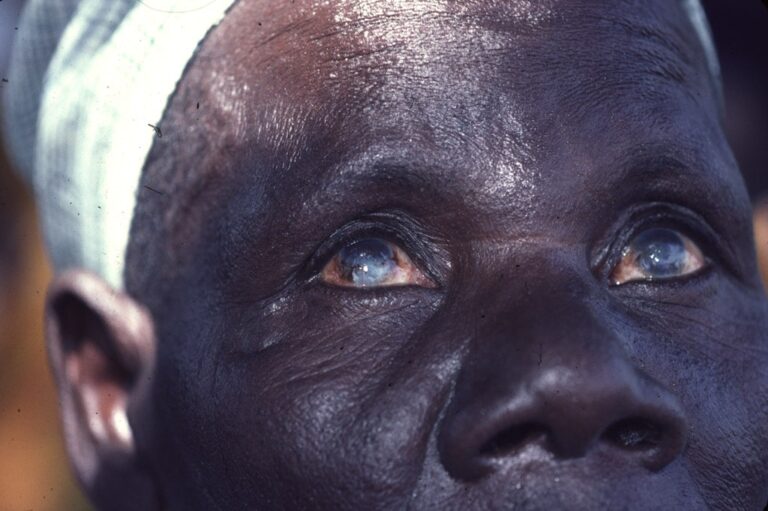Cancer
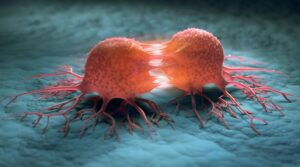
Cancer, a complex and diverse group of diseases, is characterized by the uncontrolled growth and spread of abnormal cells. It can affect virtually any part of the body, and its impact on individuals and society is profound. Understanding the intricacies of cancer, from its cellular origins to its various treatment modalities, is crucial for effective prevention, diagnosis, and management.
The Cellular Basis of Cancer:
At its core, cancer arises from mutations in genes that regulate cell growth and division. These mutations can be inherited or acquired through environmental exposures or lifestyle factors.
- Normal Cell Growth:
- Normal cells grow, divide, and die in a controlled manner, maintaining tissue homeostasis.
- This process is regulated by a complex network of genes that control cell cycle progression, DNA repair, and apoptosis (programmed cell death).
- Normal cells grow, divide, and die in a controlled manner, maintaining tissue homeostasis.
- Cancer Cell Development:
- Mutations in oncogenes (genes that promote cell growth) and tumor suppressor genes (genes that inhibit cell growth) disrupt this balance.
- Cancer cells acquire several hallmark capabilities, including:
- Sustained proliferative signaling: They produce their own growth signals.
- Evading growth suppressors: They ignore signals that normally halt cell division.
- Resisting cell death: They bypass apoptosis.
- Enabling replicative immortality: They can divide indefinitely.
- Inducing angiogenesis: They stimulate the formation of new blood vessels to supply nutrients.
- Activating invasion and metastasis: They can invade surrounding tissues and spread to distant sites.
- Sustained proliferative signaling: They produce their own growth signals.
- Mutations in oncogenes (genes that promote cell growth) and tumor suppressor genes (genes that inhibit cell growth) disrupt this balance.
Types of Cancer:
Cancer is not a single disease but a collection of related diseases, classified based on the tissue or organ of origin:
- Carcinomas: Arise from epithelial tissues, which line the surfaces of the body (e.g., lung cancer, breast cancer, colon cancer).
- Sarcomas: Develop in connective tissues, such as bone, muscle, and fat (e.g., osteosarcoma, liposarcoma).
- Leukemias: Originate in blood-forming tissues, such as bone marrow (e.g., acute lymphocytic leukemia, chronic myeloid leukemia).
- Lymphomas: Arise in the lymphatic system, which is part of the immune system (e.g., Hodgkin lymphoma, non-Hodgkin lymphoma).
- Myelomas: Develop in plasma cells, a type of immune cell (e.g., multiple myeloma).
- Brain and Spinal Cord Tumors: Arise in the central nervous system (e.g., glioblastoma, meningioma).
Risk Factors:
Several factors can increase the risk of developing cancer:
- Genetic Predisposition: Inherited mutations in genes like BRCA1 and BRCA2 increase the risk of breast and ovarian cancer.
- Environmental Exposures:
- Tobacco smoke: A major cause of lung, mouth, and other cancers.
- Ultraviolet (UV) radiation: A risk factor for skin cancer.
- Asbestos: Linked to mesothelioma and lung cancer.
- Radon: A radioactive gas that can cause lung cancer.
- Chemicals: Exposure to certain chemicals can increase cancer risk.
- Tobacco smoke: A major cause of lung, mouth, and other cancers.
- Lifestyle Factors:
- Unhealthy diet: A diet high in processed foods, red meat, and low in fruits and vegetables.
- Obesity: Increases the risk of several cancers.
- Lack of physical activity.
- Excessive alcohol consumption.
- Infections:
- Human papillomavirus (HPV): Linked to cervical, anal, and other cancers.
- Hepatitis B and C viruses: Increase the risk of liver cancer.
- Helicobacter pylori: Increases the risk of stomach cancer.
- Human papillomavirus (HPV): Linked to cervical, anal, and other cancers.
- Age: The risk of many cancers increases with age.
Diagnosis and Staging:
- Diagnosis:
- Biopsy: The removal of tissue for microscopic examination.
- Imaging tests: X-rays, CT scans, MRI scans, and PET scans.
- Blood tests: To detect tumor markers.
- Biopsy: The removal of tissue for microscopic examination.
- Staging:
- Staging determines the extent of cancer spread.
- The TNM system (tumor, node, metastasis) is commonly used.
- Staging helps guide treatment decisions and predict prognosis.
- Staging determines the extent of cancer spread.
Treatment Modalities:
Cancer treatment depends on the type, stage, and location of the cancer, as well as the patient’s overall health:
- Surgery: Removal of the tumor.
- Radiation Therapy: High-energy radiation to kill cancer cells.
- Chemotherapy: Drugs that kill cancer cells throughout the body.
- Targeted Therapy: Drugs that target specific molecules involved in cancer growth.
- Immunotherapy: Therapies that stimulate the body’s immune system to attack cancer cells.
- Hormone Therapy: Used for cancers that are sensitive to hormones (e.g., breast cancer, prostate cancer).
- Stem Cell Transplantation: Used for certain blood cancers.
- Palliative Care: Focuses on relieving symptoms and improving quality of life.
Prevention:
- Lifestyle Modifications:
- Avoid tobacco use.
- Maintain a healthy weight. Eat a balanced diet.
- Engage in regular physical activity.
- Limit alcohol consumption.
- Protect skin from excessive sun exposure.
- Avoid tobacco use.
- Vaccinations: HPV and hepatitis B vaccines.
- Screening: Regular screening tests can detect cancer early, when it is most treatable.
Research and Future Directions:
Ongoing research is focused on:
- Developing new and more effective cancer treatments.
- Improving early detection methods.
- Understanding the genetic and molecular basis of cancer.
- Personalized medicine: Tailoring treatment to individual patients.
- Improving cancer survivorship.
Cancer is a formidable challenge, but advances in research and treatment are continually improving outcomes. By understanding the complexities of this disease and adopting preventive measures, we can work towards a future with fewer cancer cases and better survival rates.
